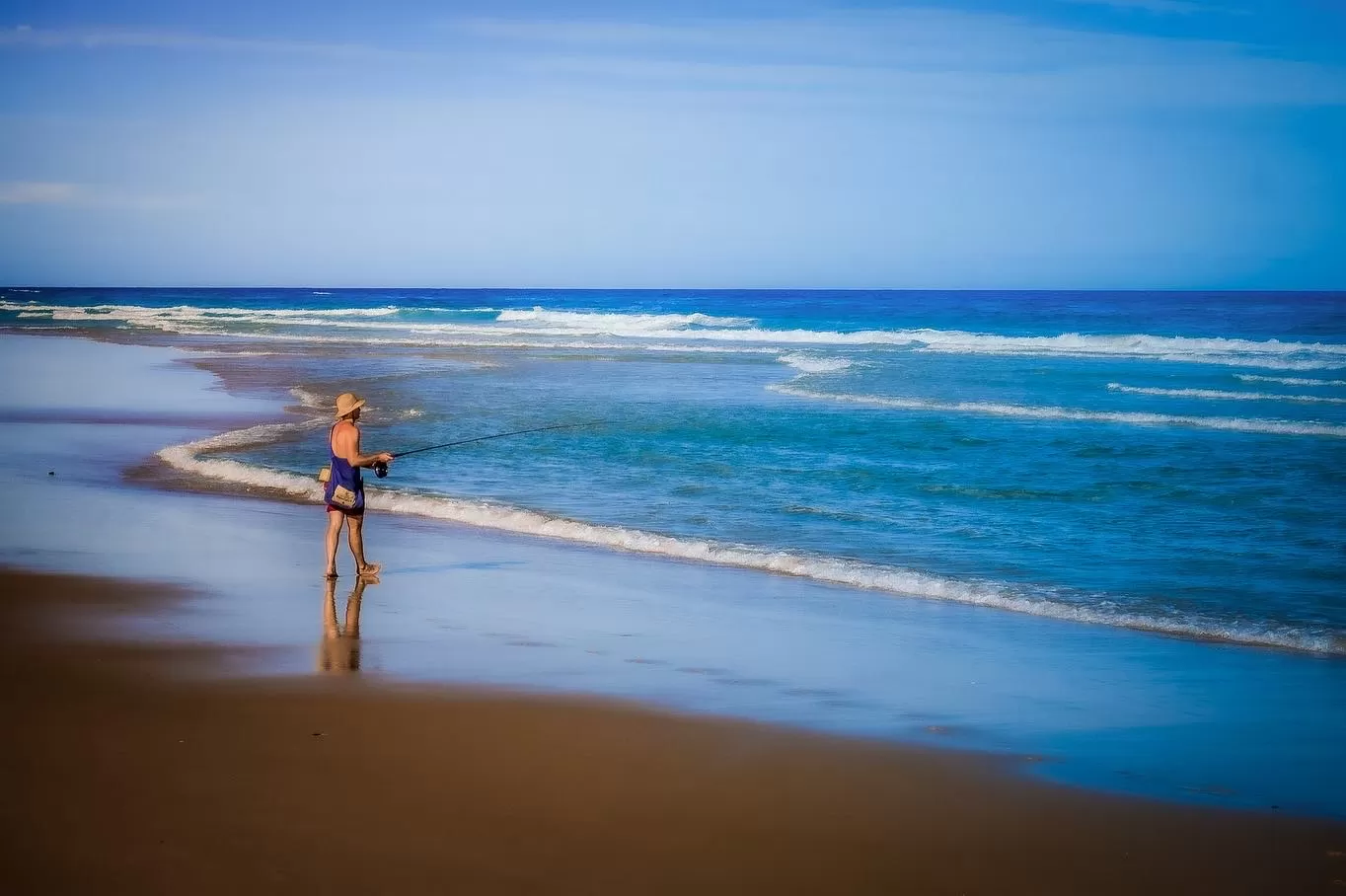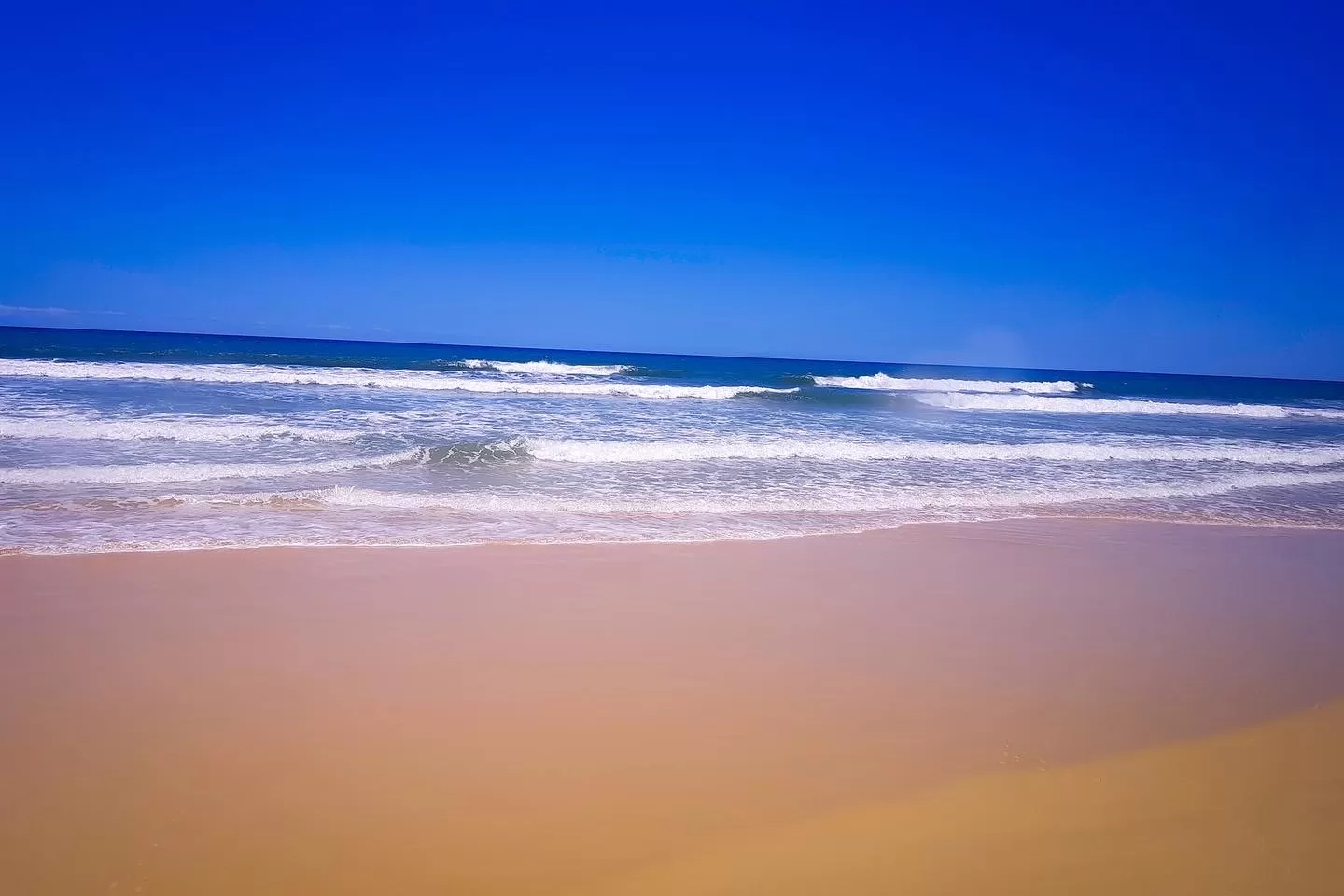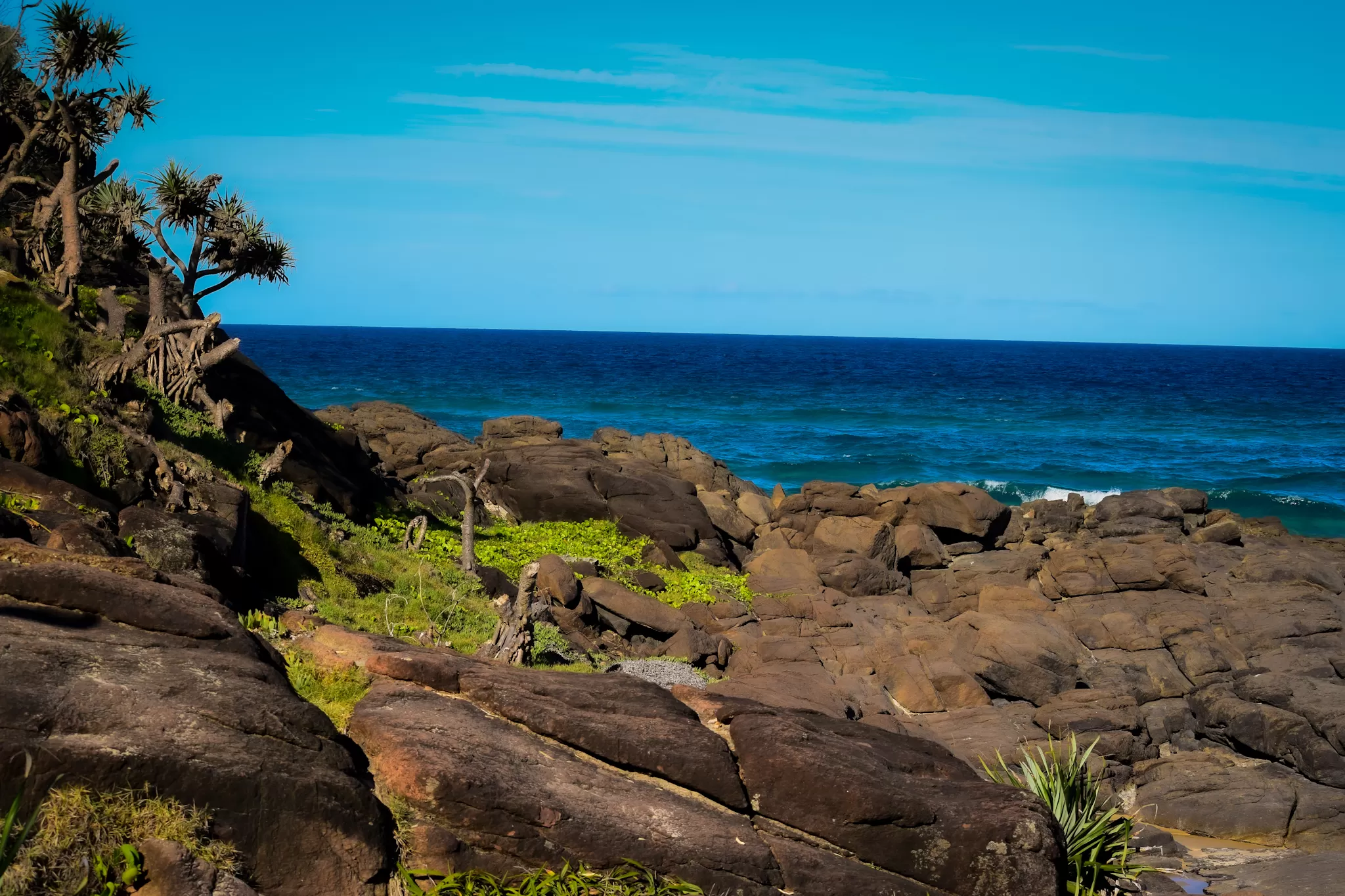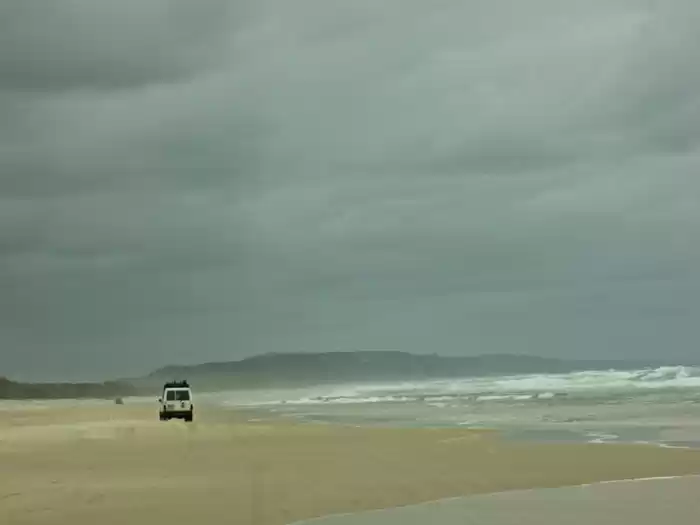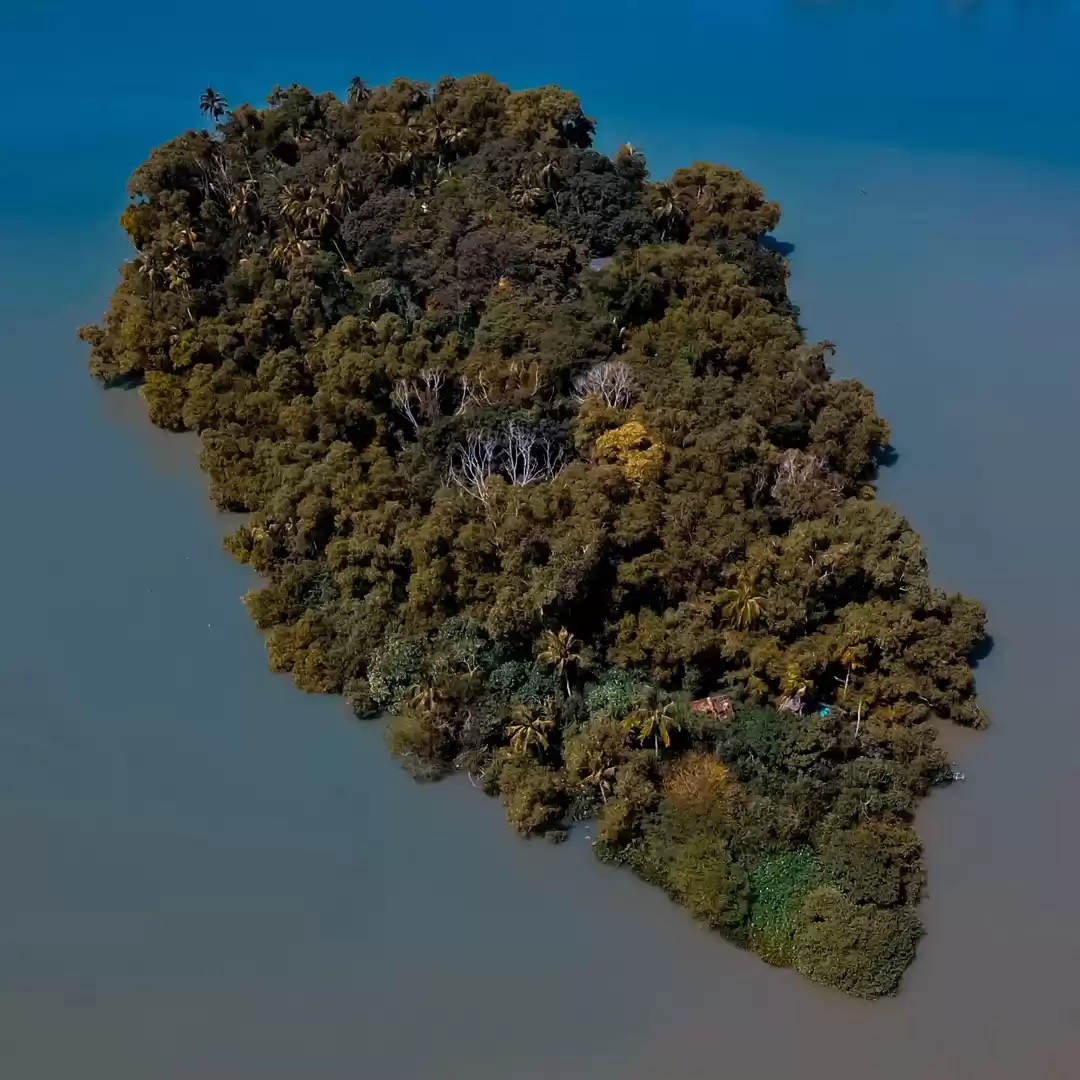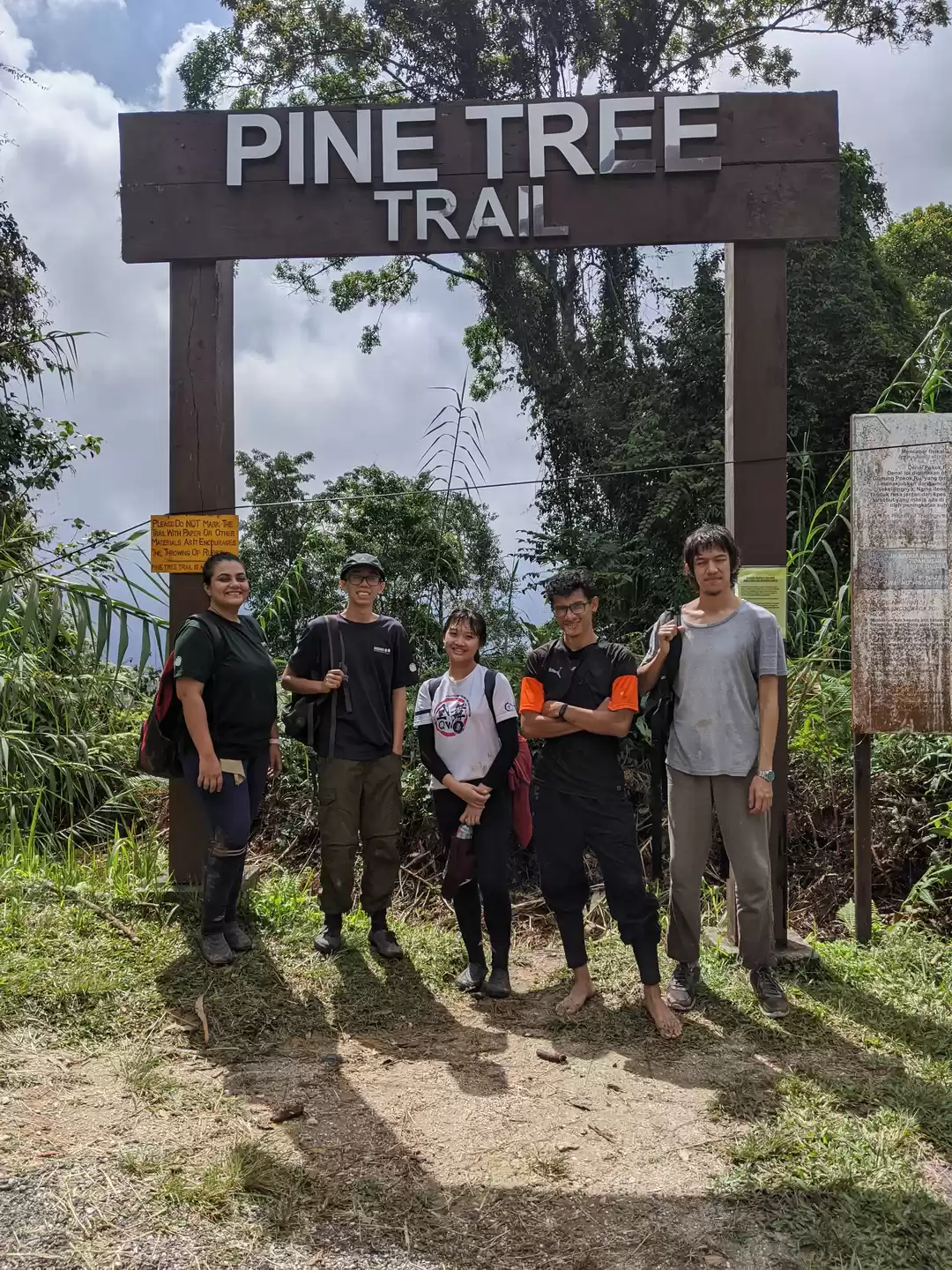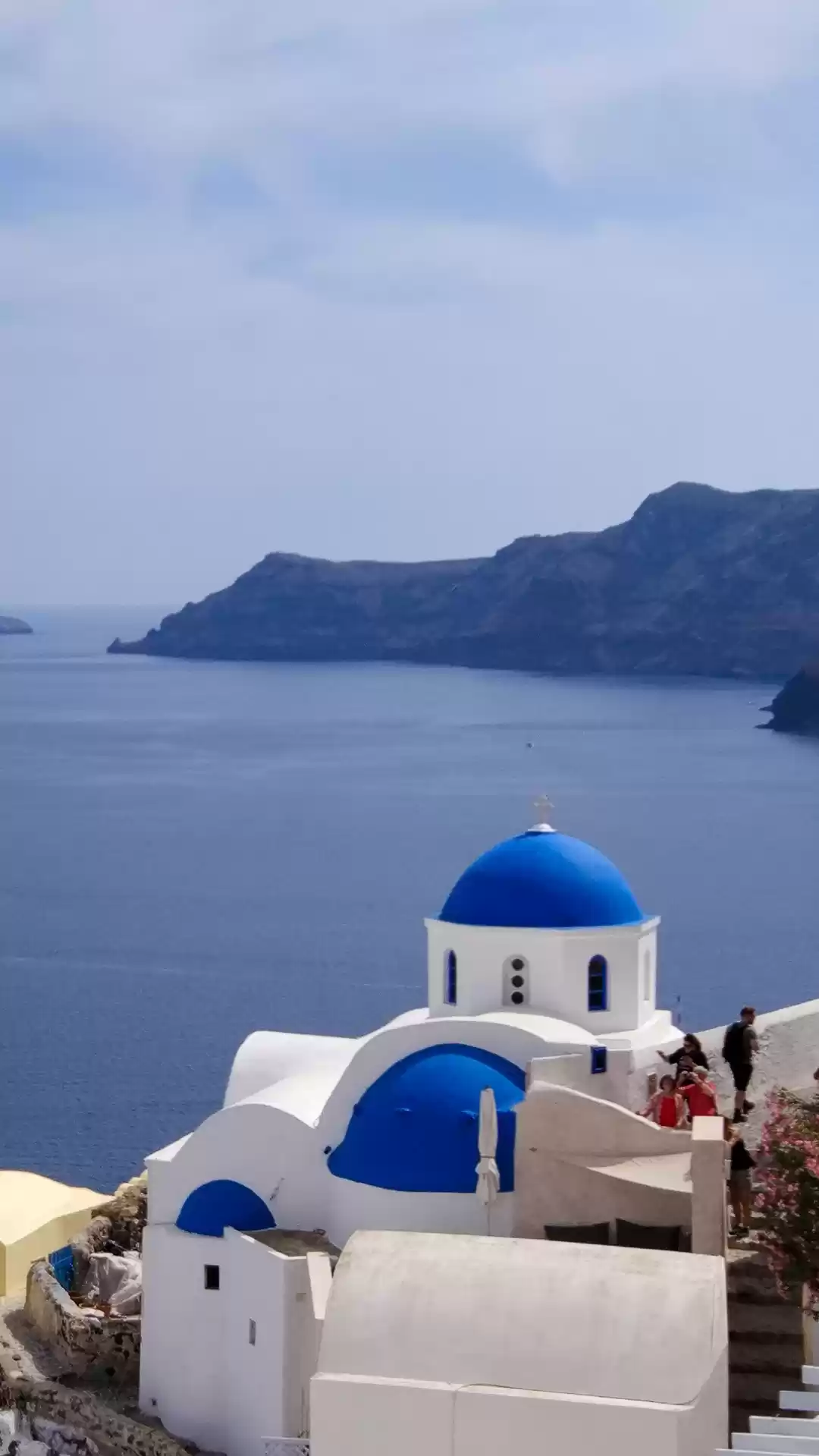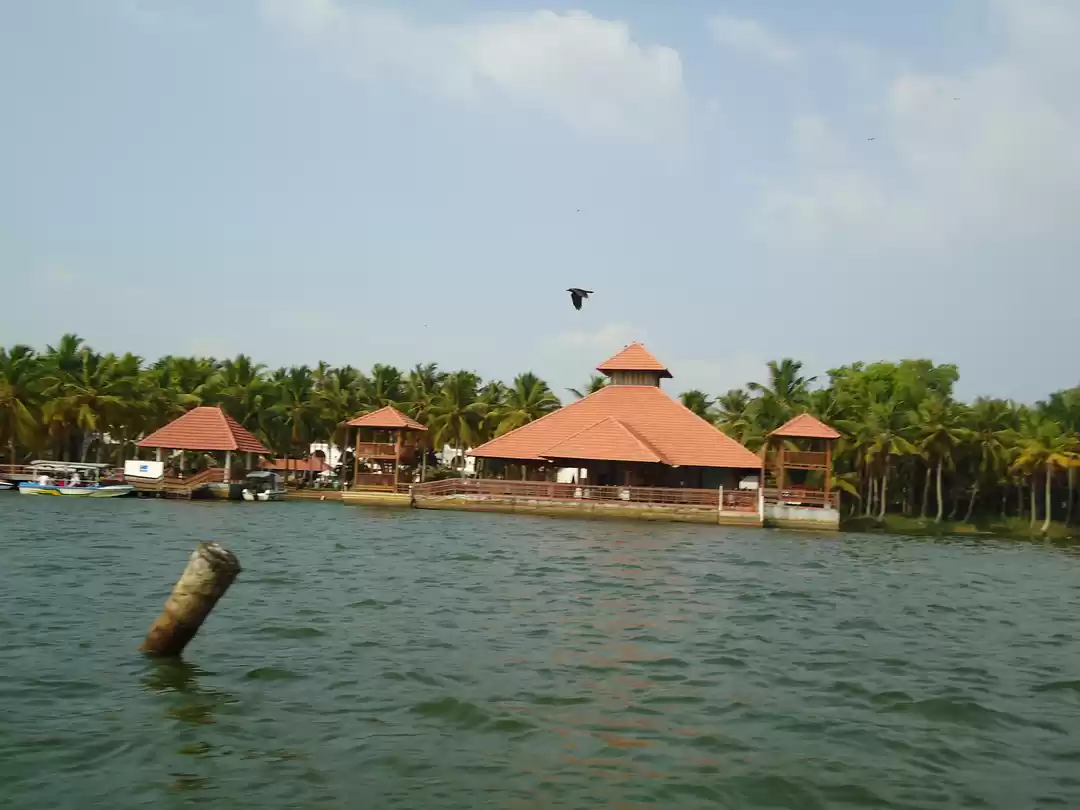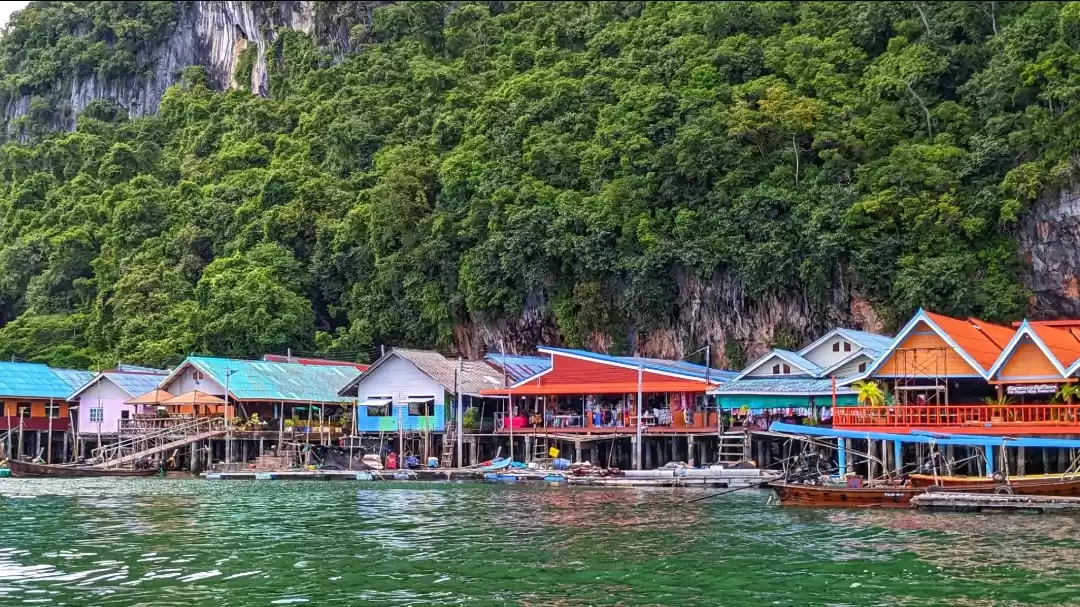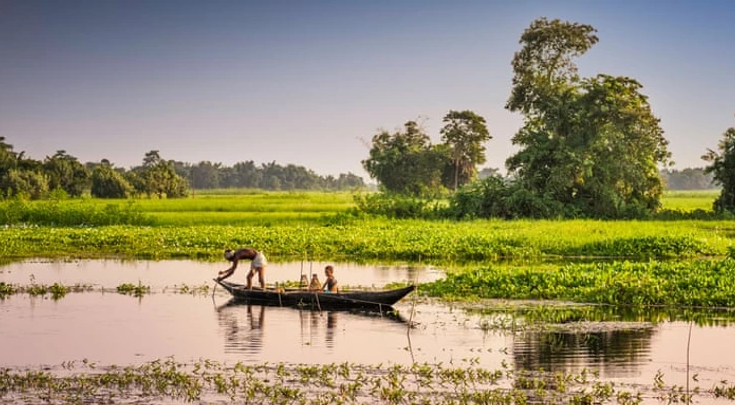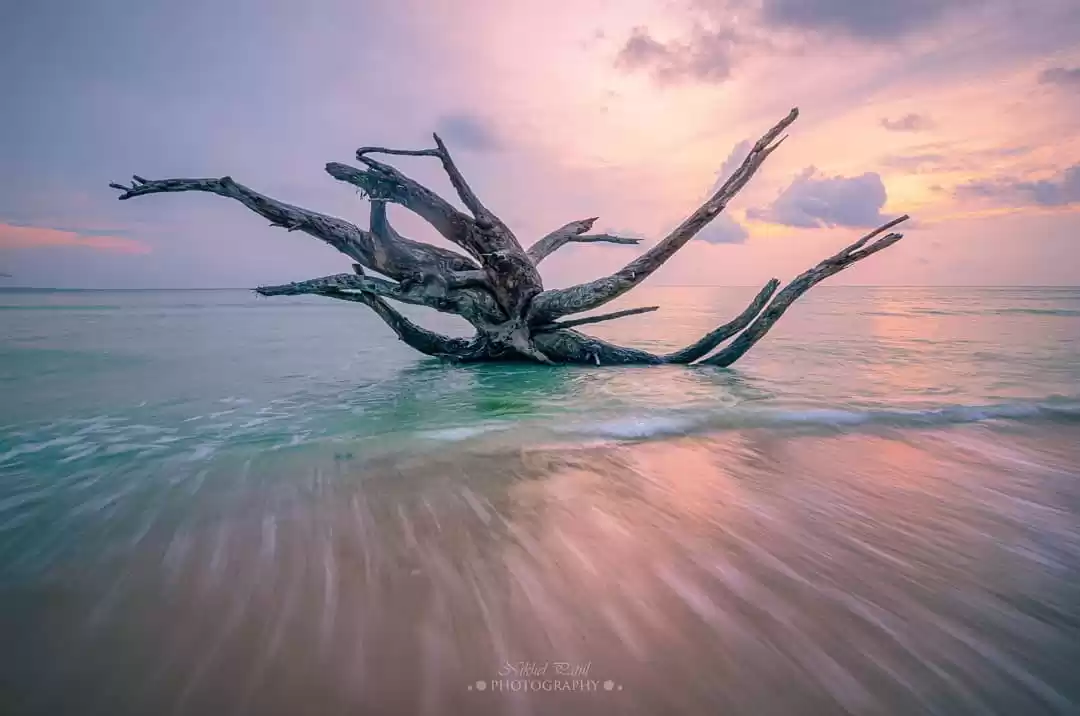Fraser Island is a stunning destination that offers something for everyone. Whether you are looking for adventure, nature, culture, or relaxation, you will find it on this amazing island. Fraser Island is the world’s largest sand island, covering over 1,800 square kilometers of land. It is also a World Heritage-listed site, recognized for its outstanding natural beauty and diversity.
In this article, you will learn everything you need to know about Fraser Island, including its formation, ecology, history, attractions, and activities. You will also get some practical tips and advice on how to plan and enjoy your trip to this paradise.
How Fraser Island Was Formed and Why It Is So Unique

Fraser Island is a geological wonder that was formed over millions of years by the accumulation of sand and organic matter. The sand was carried by ocean currents and winds from the mainland and other islands, and deposited on the continental shelf. The organic matter came from the decomposition of plants and animals, and formed layers of peat and humus. These layers acted as a sponge, absorbing and storing water from rainfall and underground springs. The water created a complex hydrological system, supporting the growth of vegetation and wildlife.
Fraser Island is home to the only rainforest in the world that grows on sand. The rainforest covers about 200 square kilometers of the island, and features over 1,000 species of plants. Some of the plants are rare and endemic, such as the Fraser Island satinay, a type of pine tree that can grow up to 50 meters tall. The rainforest also provides habitat for many animals, such as birds, reptiles, amphibians, and insects.

Fraser Island also boasts over 100 freshwater lakes, some of which are among the cleanest and clearest in the world. The lakes are classified into three types: perched, window, and barrage. Perched lakes are formed when organic matter blocks the drainage of water, creating a pool above the water table. Window lakes are formed when the water table rises above the ground level, exposing the groundwater. Barrage lakes are formed when sand dunes block the flow of streams, creating a dam.
Fraser Island is also famous for its sand formations, such as dunes, cliffs, and beaches. The sand on the island is composed of different minerals, such as quartz, feldspar, and mica, which give it various colors and textures. Some of the most impressive sand formations on the island are the Coloured Sands, a series of cliffs that display different hues of red, yellow, brown, and black, and the Seventy-Five Mile Beach, a long and wide stretch of sand that serves as a highway and a landing strip.
Fraser Island is also a haven for wildlife, hosting over 300 species of animals. Some of the animals are native and unique to the island, such as the Fraser Island dingo, a purebred and endangered subspecies of wild dog, and the acid frog, a group of frogs that can tolerate the acidic conditions of the island’s swamps.
How Fraser Island Shaped and Was Shaped by Its Culture and History

Fraser Island has a rich and ancient culture and history that spans thousands of years. The island was first inhabited by the Aboriginal people, who called it K’gari, meaning paradise. They believed that the island was created by the gods, and that it was a sacred and special place. They lived in harmony with the land and the sea, using the island’s resources for food, shelter, medicine, and art. They also developed a complex and sophisticated social and spiritual system, based on kinship, lore, and ceremony.
The island’s culture and history changed dramatically with the arrival of the Europeans, who first explored and mapped the island in the late 18th and early 19th centuries. They named it Fraser Island, after Eliza Fraser, a shipwreck survivor who lived among the Aboriginal people for several weeks.
The island’s culture and history are now a blend of the Aboriginal and the European influences, as well as the influences of other people who have visited and lived on the island, such as the South Sea Islanders, the Japanese, and the tourists.
What Fraser Island Has to Offer to Its Visitors and How to Enjoy It

Fraser Island is a paradise for visitors who are looking for adventure, nature, culture, or relaxation. The island has something for everyone, regardless of their age, interest, or budget.
1. Swimming: Fraser Island has many places where you can swim and cool off, such as the lakes, the creeks, the pools, and the ocean. Some of the best swimming spots on the island are Lake McKenzie, a perched lake with crystal clear water and white sand, Eli Creek, a freshwater stream that flows into the sea, and Champagne Pools, natural rock pools that are filled with bubbly seawater.
2. Hiking: Fraser Island has many trails and tracks where you can hike and explore, such as the rainforest, the dunes, the beaches, and the hills. Some of the best hiking trails on the island are the Fraser Island Great Walk, a 90-kilometer long trail that covers the island’s highlights, the Lake Wabby Walk, a 4.6-kilometer long trail that leads to a green lake surrounded by sand dunes, and the Indian Head Walk, a 1.4-kilometer long trail that climbs to a rocky headland with panoramic views.
3. 4WD: Fraser Island is a paradise for 4WD enthusiasts, as it has many roads and tracks that are suitable for off-road driving, such as the Seventy-Five Mile Beach, a long and wide stretch of sand that serves as a highway and a landing strip, the Inland Tracks, a network of dirt roads that connect the island’s attractions, and the Sandy Cape Track, a remote and rugged track that leads to the northern tip of the island.
4. Whale Watching: Fraser Island is a great place to see whales, especially between July and November, when thousands of humpback whales migrate from Antarctica to the warm waters of the Pacific Ocean.
How to Plan and Prepare for Your Trip to Fraser Island

Fraser Island is a wonderful destination that requires some planning and preparation to make your trip safe and enjoyable. Here are some tips and advice on how to get ready for your trip to Fraser Island:
Getting There: Fraser Island is located off the coast of Queensland, Australia, about 300 kilometers north of Brisbane. You can get to the island by ferry, by barge, or by plane. The ferry and the barge depart from several points on the mainland, such as Hervey Bay, Rainbow Beach, and Inskip Point, and take about 30 to 45 minutes to reach the island. The plane departs from Hervey Bay or Brisbane, and takes about 15 to 45 minutes to land on the island. You can also bring your own vehicle to the island, but you need to have a 4WD and a permit, and you need to check the tide times and the road conditions.
Staying There: Fraser Island has a variety of accommodation options, ranging from camping to luxury resorts. You can camp on the island, either in designated campgrounds or in beach camping zones, but you need to have a permit and a booking, and you need to follow the rules and regulations, such as using dingo-proof fences and bins, and not lighting fires.
Eating There: Fraser Island has a limited number of dining options, mostly located in the resorts, the hotels, or the towns. You can find restaurants, cafes, bars, and shops that serve a variety of food and drinks, such as seafood, pizza, burgers, and coffee.
Exploring There: Fraser Island has a lot to offer to its visitors, but you need to plan and organize your itinerary and activities, and you need to be aware of the risks and the dangers. You can explore the island by yourself, by driving, hiking, or biking, but you need to have a map, a compass, a GPS, and a radio, and you need to inform someone of your plans and your whereabouts.
Fraser Island is a destination that will leave you speechless and breathless. It is a place that will surprise and delight you with its natural wonders and cultural treasures. It is a place that will challenge and reward you with its adventure and discovery. It is a place that you will never forget and always want to return to.


